
In the United States, driving has long been more than just a means of transport; it stands as a profound symbol of independence and a vital link to one’s community and identity. For countless community-dwelling older adults, their private vehicles remain the primary mode of getting around, a lifeline connecting them to their daily lives and social circles. With over 55 million licensed drivers above the age of 65, this demographic constitutes more than 25% of the total driving population, underscoring the deep reliance on personal mobility as we age.
However, as age advances, so too do the challenges associated with driving. Impairments in vision, visuospatial abilities, and reaction times can make navigating roads safely increasingly difficult and dangerous. The well-known association between increased dangers of driving and collisions in the older adult population is a serious concern, with motor vehicle collisions being a leading cause of nonfatal and fatal injuries in this demographic. These realities often force older adults to contemplate, or even undertake, the difficult decision of reducing or stopping driving altogether.
The advent of self-driving vehicles, also known as autonomous vehicles (AVs), promises to radically reshape this landscape, opening up vast possibilities and practical applications for our aging population. These advancing technologies in transportation aren’t just about getting from point A to point B; they hold the potential to overcome significant transportation barriers, transcend social and geographical isolation, and dramatically improve access to essential resources and medical care. We stand on the cusp of an exciting new era where technology could preserve and enhance the independence and autonomy of seniors, allowing them to age in place with dignity and continued engagement.
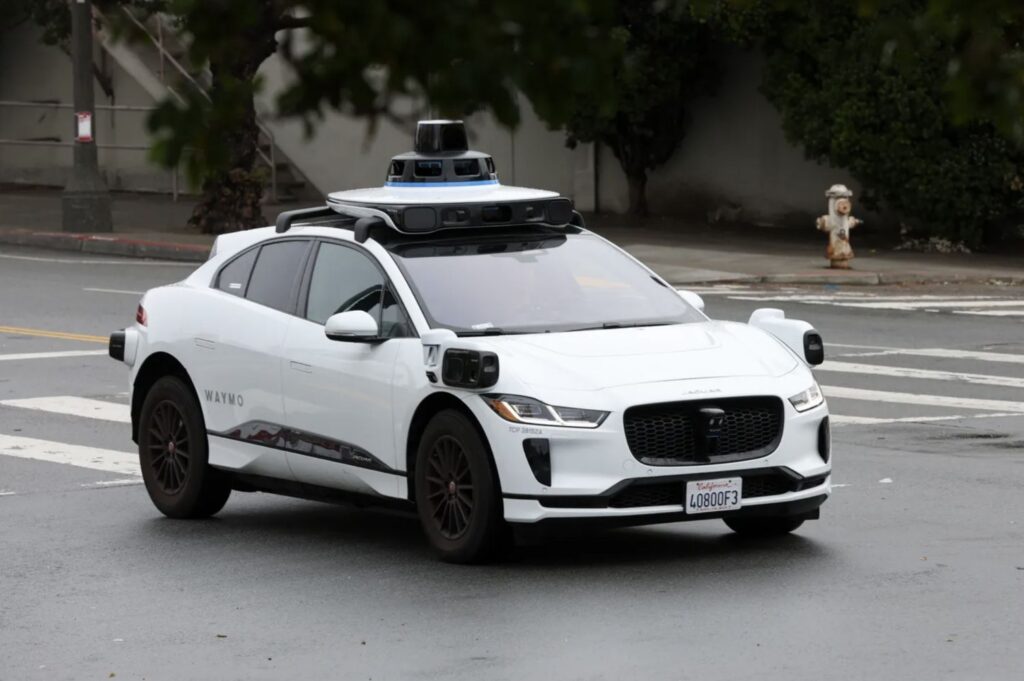
1. **Reclaiming Independence and Autonomy for Older Adults**
For many, the ability to drive independently is synonymous with freedom, allowing them to maintain their desired lifestyle and social connections. The prospect of losing this ability often brings with it a sense of vulnerability and a perceived reduction in personal autonomy. Self-driving cars directly address this challenge by providing a reliable alternative that doesn’t demand the physical or cognitive demands of traditional driving.
These vehicles empower seniors to travel without relying on family, friends, or public services, making everyday tasks such as attending medical appointments, running errands, or simply visiting loved ones significantly easier. By doing so, autonomous vehicles help older adults to maintain their cherished connection to and identity within their communities, preserving their ability to participate actively and independently for longer than ever before. This technological leap allows individuals to prolong their driving autonomy even after the option of personally operating a vehicle becomes unfeasible.
Beyond just convenience, the restoration of independent mobility has a profound impact on an older adult’s overall well-being. The ability to make spontaneous decisions about where and when to go is a cornerstone of self-determination. Autonomous vehicles can help prevent the declines in general health and mental, physical, social, and cognitive function that have been associated with driving cessation, offering a pathway to a more engaged and fulfilling later life. It’s about more than just a ride; it’s about sustaining a way of life.
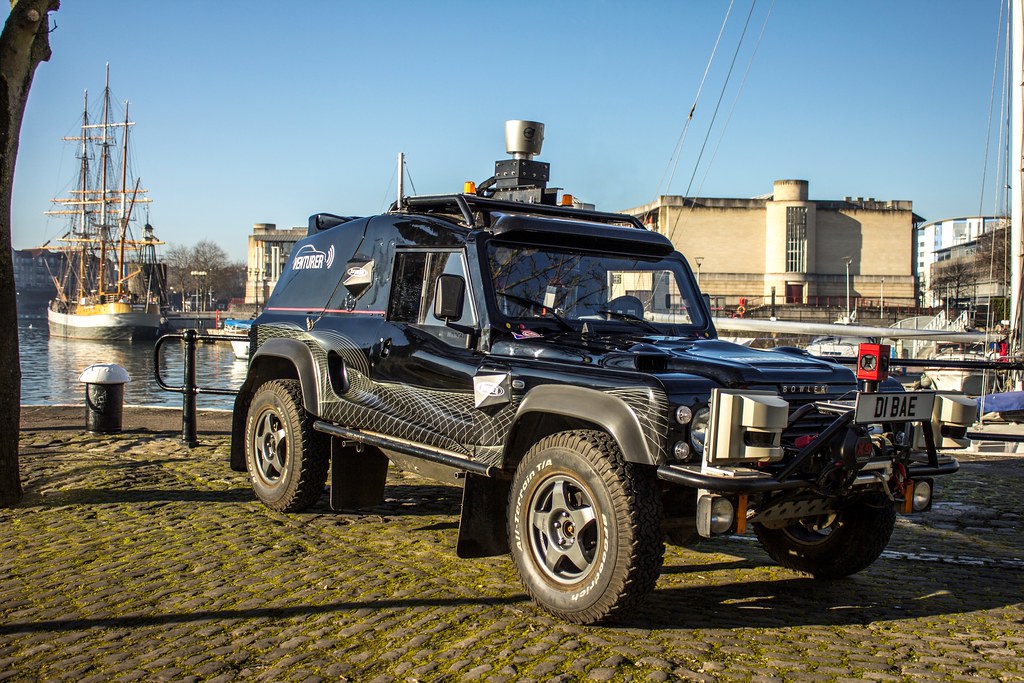
2. **Breaking Down Transportation Barriers and Combating Isolation**
The lack of accessible and reliable transportation options is a significant hurdle for many seniors, often leading to social and geographical isolation. Reliance on public transportation is not always feasible or uniformly available across the United States, especially in suburban and rural areas where infrastructure can be sparse. Furthermore, extreme temperatures and climates, common during winter and summer months, can pose additional barriers, making journeys uncomfortable or even unsafe for older adults.
Self-driving vehicles present a powerful solution to transcend these physical and social barriers. By offering on-demand, private transportation, they can help close the divide for populations otherwise socially isolated. The availability of consistent, climate-controlled transport allows seniors to re-engage in community-based or group activities they once enjoyed, fostering social interaction and reducing feelings of loneliness.
As the context highlights, “Access to transportation is one of the key social determinants of health for older adults, and the lack of access is associated with negative health outcomes, including social isolation, depression, and early entry into a long-term care facility.” Autonomous vehicles directly tackle this root cause, providing a consistent and available alternative when social networks naturally decrease among an aging population, and volunteer programs or senior services fall short due to limitations in local infrastructure or individual socioeconomic status.
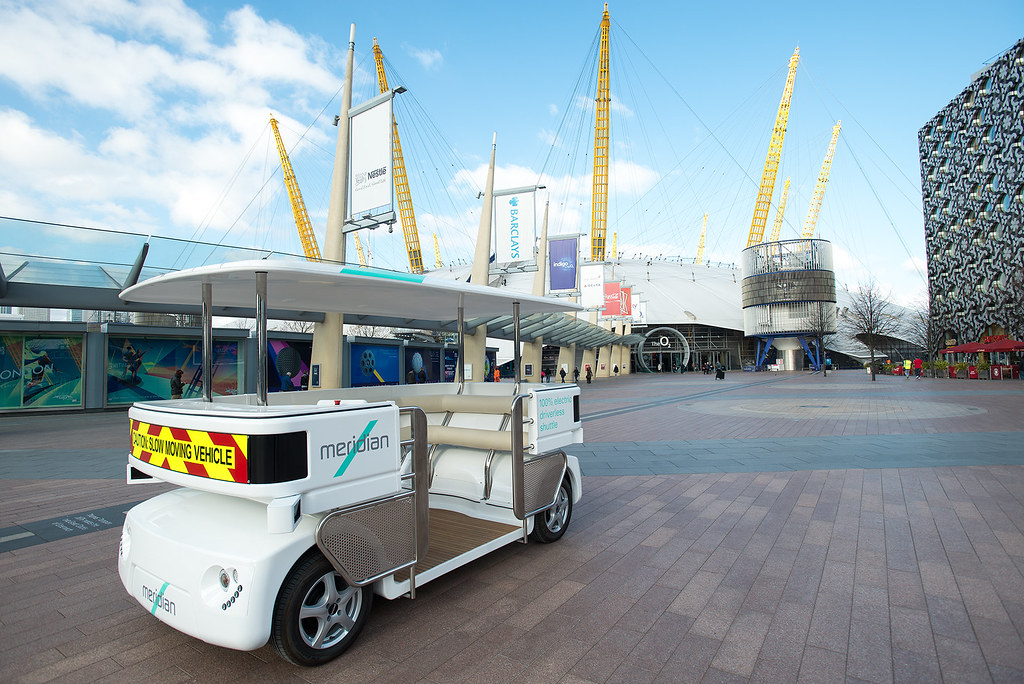
3. **Alleviating the Caregiver Burden**
The responsibility of providing transportation often falls heavily on family members and other caregivers. Arranging rides to and from medical appointments, grocery stores, barbershops, or social functions and leisure activities can be a significant logistical and emotional burden, consuming valuable time and resources. This is particularly true for older adults with complex health needs or those living in areas with limited public transport.
Self-driving vehicles offer a transformative solution by significantly relieving this caregiver burden. By freeing the need to engage another community-dwelling adult or one within the social network, the availability of transportation options for seniors will inadvertently increase. This allows caregivers to redirect their time and energy to other areas of need where human assistance remains irreplaceable, thereby improving their own quality of life and reducing stress.
Imagine the peace of mind for both seniors and their families, knowing that reliable, independent transportation is just a request away. This shift not only benefits individual families but also has broader societal implications. As the current workforce engaged in home delivery services might be relieved by self-driving vehicles undertaking these tasks, these individuals could have increased caregiving capacities for their aging community and loved ones, serving in capacities where technology is unable to provide assistance. This redistribution of human effort towards more complex care needs could be a profound societal gain.
Read more about: Navigating SNAP (Food Stamps) in 2025: A Comprehensive Guide to Eligibility, Application, and Interview Success
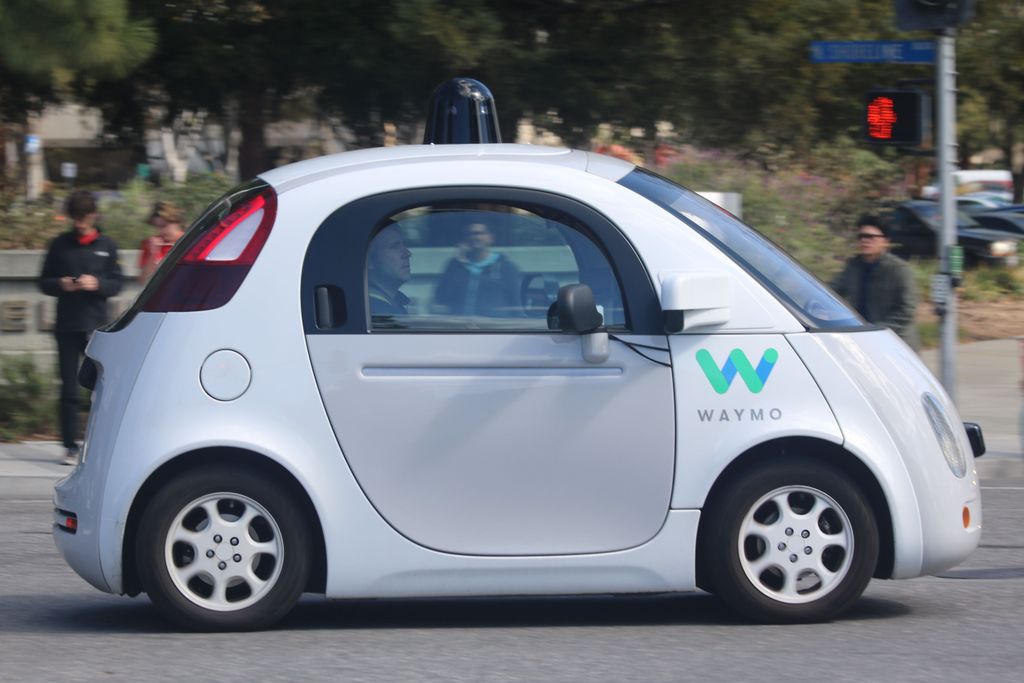
4. **A New Era of Enhanced Safety on the Roads**
The association between increased dangers of driving and collisions in the older adult population is well-known, driven by age-related impairments such as declines in vision, visuospatial abilities, and reaction times. These factors make it more dangerous and difficult for seniors to navigate safely, contributing to higher mortality rates compared to younger populations with similar motor vehicle collision-related injuries.
Autonomous vehicles are designed to eliminate these risks by relying on advanced sensors, artificial intelligence (AI), and sophisticated decision-making algorithms to navigate roads safely. Unlike human drivers, AVs do not experience fatigue, distraction, or the age-related physiological declines that can compromise safety. This shift from human-centric to machine-driven navigation promises a significant reduction in accidents caused by human error, particularly for high-risk drivers.
The context notes that “Many accidents involving older drivers are caused by delayed reaction times, vision impairments, or other age-related factors. Autonomous vehicles eliminate these risks by relying on advanced sensors and AI-driven decision-making to navigate roads safely.” Furthermore, technological developments may also assist in assessing driving safety, with examples like speech data analysis during interactions with voice assistants suggested to accurately predict future accident experiences in older drivers. This blend of predictive technology and automated driving systems heralds a new, safer paradigm for senior mobility.
Read more about: 11 Things EV Owners Really Wish You’d Stop Asking Them About Range: Debunking the Myths of Electric Mobility

5. **Expanding Access to Essential Resources and Medical Care**
For many older adults, access to essential goods, services, and particularly medical care can be severely limited by transportation constraints. Medical events requiring hospitalization have been shown to correlate with immediate or eventual driving reduction or cessation, directly compromising an individual’s autonomy and ability to seek necessary care. Current volunteer transportation programs or senior services, while valuable, often face limitations in access depending on local infrastructure and individual socioeconomic status.
Self-driving vehicles are poised to overcome these significant barriers, ensuring that seniors can reliably reach medical appointments, pharmacies, and other critical services. The convenience of on-demand, door-to-door service means that older adults, especially those with mobility challenges, no longer have to worry about the logistics of walking to bus stops or navigating complex locations like hospitals or shopping centers. This direct access is crucial for maintaining health and preventing the negative outcomes associated with a lack of transportation.
As the report states, “Access to transportation is one of the key social determinants of health for older adults, and the lack of access is associated with negative health outcomes, including social isolation, depression, and early entry into a long-term care facility.” By removing transportation as a barrier, autonomous vehicles not only facilitate access to healthcare but also contribute to a broader improvement in the overall health and well-being of the aging population, allowing them to remain connected and engaged within their communities.
Read more about: The Philanthropic Elite: Unveiling 12 of the Most Impactful Celebrity Non-Profit Foundations

6. **Forging More Age-Friendly and Inclusive Communities**
Over the past several decades, there has been a significant global push to develop communities and city infrastructure that are more supportive of an aging population, encompassing areas like housing, transportation, and access to health and social services. This movement is exemplified by the World Health Organization Global Network for Age-Friendly Cities and Communities, which provides a framework for creating environments that promote the inclusion and continued integration of older adults.
Autonomous vehicles offer a powerful tool within this framework, transcending the physical and social barriers that can impede older adults’ full participation in community life. By providing reliable and accessible transportation, AVs can help mitigate the challenges posed by diverse geographical settings – urban, suburban, and rural – where older adult drivers face varying driving concerns and differing densities in the incidence of fatal crashes.
By ensuring consistent mobility, AVs contribute to communities where seniors can remain active, engaged, and integrated, reducing the likelihood of social isolation and enhancing their overall quality of life. This technology aligns perfectly with the goal of creating environments that are universally supportive, enabling older adults to live in and remain at home for as long as possible, fostering a truly age-friendly society.

7. **Pioneering Accessible Vehicle Designs and Pilot Programs**
The promise of autonomous vehicles extends beyond just the driving mechanism; it encompasses the design and functionality of the vehicles themselves, specifically tailored to meet the diverse needs of the older adult population and those with disabilities. Already, semi-autonomous vehicles offer features like onboard navigation, parking assistance, lane departure warnings, and collision avoidance technologies, acting as cognitive-assistive devices for community-dwelling older adults.
Looking ahead, it is imperative that car designs are “optimized to be age-friendly and wheelchair accessible, such as being equipped with a ramp or capacity for the vehicle to lower itself to the curbside.” This focus on universal design ensures that the benefits of autonomous mobility are extended to all, including those with limited physical mobility or who rely on mobility aids. Features like voice commands, wheelchair-friendly entry systems, and ergonomic seating can significantly improve accessibility and comfort for seniors.
Exciting pilot programs and vehicle innovations are already emerging. Toyota Sienna’s “Autono-MaaS” vehicles, for instance, are incorporating these features in partnership with transportation companies to provide increased options for those with disabilities. Similarly, companies like May Mobility and Via have launched free self-driving shuttle services called “Accessibili-D” for seniors and individuals with disabilities in cities like Detroit, Texas, Arizona, and throughout Michigan, even expanding into retirement communities. The “goMARTI” (Minnesota’s Autonomous Rural Transit Initiative) further demonstrates this commitment, offering ADA-compliant, on-demand rides in rural areas, even during inclement weather, to address the needs of those otherwise mobility-isolated. These initiatives are critical steps towards a truly inclusive autonomous future.
Navigating the future of senior mobility with autonomous vehicles is not without its complexities. While the benefits are clear, a suite of critical challenges and uncharted territories must be meticulously addressed to truly unlock the full potential of this transformative technology for our aging population. From the intricate ethical decisions embedded in AI to ensuring universal access and safeguarding privacy, the path forward demands careful consideration and innovative solutions.
Read more about: The Resale Reality Check: 14 Cars That Plummeted in Value After Just Five Years
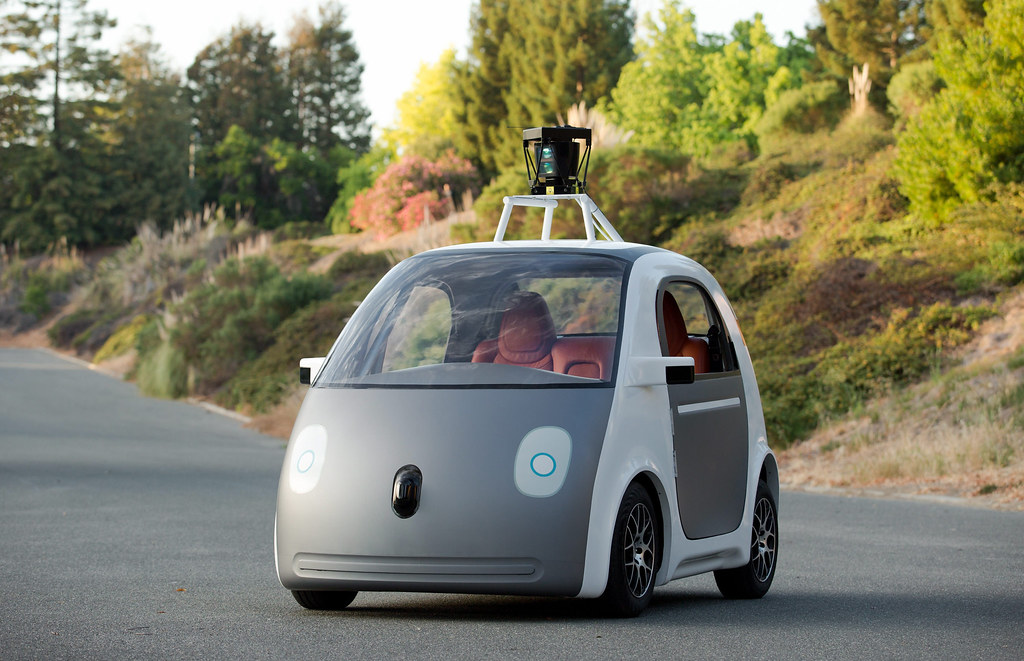
8. **Addressing Ethical Dilemmas in Autonomous Decision-Making**
The integration of self-driving vehicles into daily life presents a host of profound ethical dilemmas, particularly concerning their decision-making frameworks. Experts have raised hypothetical issues regarding unknown scenarios where these vehicles must weigh complex choices. The inherent tension lies between strict adherence to traffic codes and the paramount objective of avoiding human harm, creating countless situations that challenge conventional programming.
Translating these ethical considerations into the engineering of autonomous vehicles is a monumental task. It requires ensuring that automated technology operates with consistent and predictable safety behaviors, especially when faced with conflicting priorities. The very architecture of these systems must embody a set of values that can navigate unforeseen events while upholding principles of safety and societal good.
A particularly sensitive ethical dilemma revolves around the fine line between an older adult’s autonomy and the concept of paternalism. As this technology works to expand the independence of a diverse and potentially vulnerable population, questions arise about whether autonomous vehicles should have the ability to override a passenger’s decisions. The pretense of ensuring safety for vulnerable populations could inadvertently infringe upon an individual’s right to self-determination, a balance that remains largely unexplored and contentious.
This delicate interplay underscores the need for robust ethical guidelines that can inform the design and deployment of AVs. It’s about empowering seniors with freedom of movement while establishing safeguards that respect their dignity and choices, even in the most challenging operational contexts. The journey toward a truly age-friendly autonomous ecosystem necessitates a continuous dialogue on these complex moral landscapes.
Read more about: Beyond the Hype: Unpacking the Myriad Reasons Why Self-Driving Cars May Never Truly Work
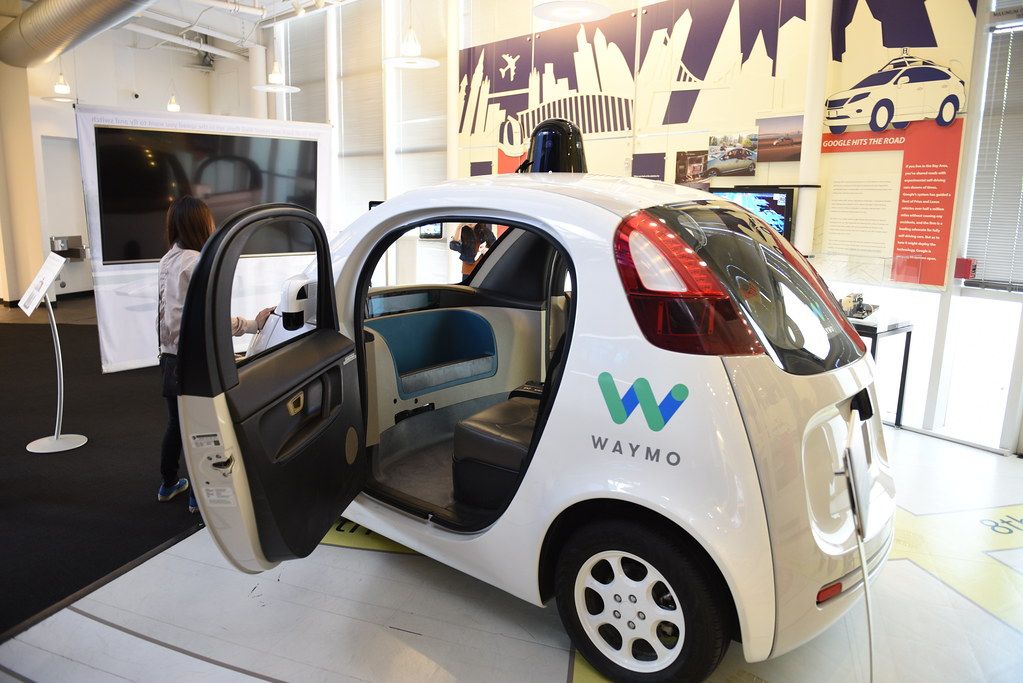
9. **Ensuring Passenger Safety and Vulnerable Adults**
Beyond the predictability of road interactions, the safety of the passenger inside an autonomous vehicle is a distinct and critical concern, especially for vulnerable older adults. The design and operation of AVs must extend to ensuring the well-being of individuals who may have unique needs, such as those living with dementia, limited physical mobility, or specific mental health concerns.
One significant safety aspect involves preventing a drop-off into an unfavorable or unsafe environment. For instance, an older adult with compromised cognitive abilities might not recognize the dangers of prolonged exposure to a heatwave if dropped off unattended. Similarly, a person with impulsivity could be inadvertently placed in a risky situation if the vehicle does not comprehend the implications of their chosen destination, such as a casino.
These scenarios highlight the responsibility of autonomous systems to protect passengers who may not always be able to make optimal safety decisions for themselves. It moves beyond mere transportation to encompass a duty of care, requiring the technology to anticipate and mitigate risks associated with an older adult’s cognitive or physical limitations. This ensures that the promise of increased independence does not inadvertently lead to new vulnerabilities.
Therefore, the development of AVs for seniors must incorporate intelligent safeguards that consider the broader environmental context of drop-off points and the specific needs of the passenger. This comprehensive approach to passenger safety is crucial for building trust and ensuring that autonomous mobility genuinely enhances the lives of all older adults, particularly those who are most susceptible to harm.
Read more about: Unlock a Smoother Ride: The Ultimate Guide to Essential Car Accessories Under $50 That Revolutionize Your Drive
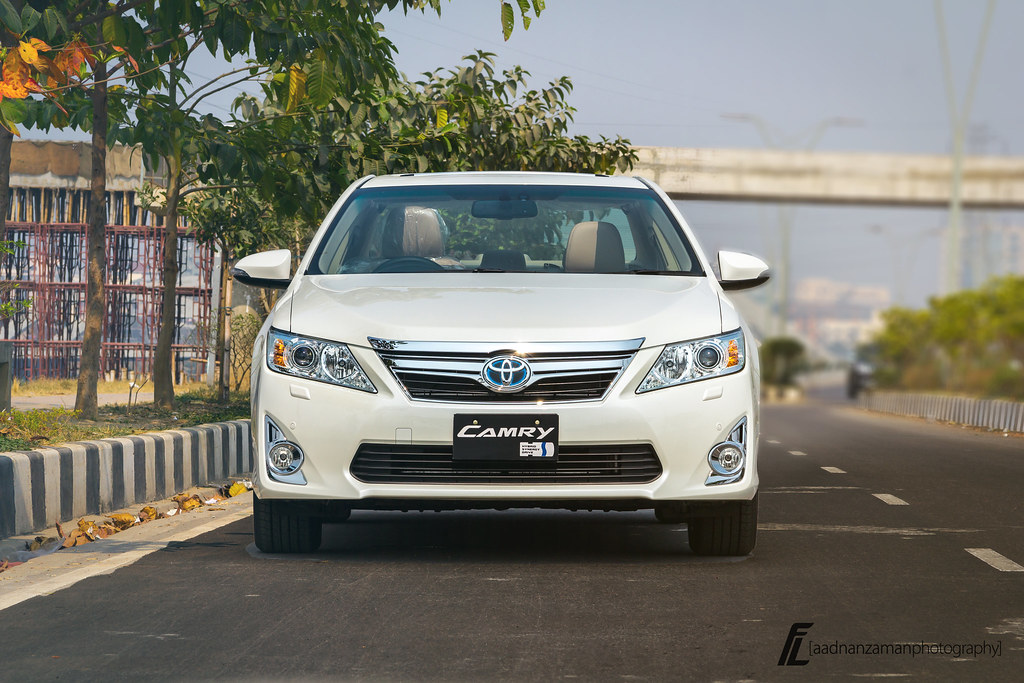
10. **Navigating Privacy Concerns and Cybersecurity Risks**
The pervasive use of artificial intelligence (AI) software in autonomous vehicles introduces significant concerns regarding passenger privacy and the potential for cyberattacks. As these sophisticated systems continuously collect and process data to operate, the sheer volume of personal information involved raises questions about how it will be managed, protected, and potentially utilized. The implications for passenger privacy will undoubtedly remain a persistent concern as AV technology advances.
The software backbone of autonomous vehicles, while enabling their impressive capabilities, also presents a lucrative target for malicious actors. Cyberattacks could compromise the vehicle’s operational integrity, potentially endangering passengers or leading to data breaches. Therefore, the kind of robust protections put in place to ensure the safety of both the vehicle’s systems and its passengers’ data is paramount. This requires an uncompromising commitment to cybersecurity from the earliest stages of development.
Furthermore, the data collected by AVs could include sensitive information about travel patterns, destinations, and even in-cabin activities, raising questions about surveillance and data monetization. Establishing clear regulations and robust encryption protocols will be essential to prevent unauthorized access or misuse of this data. Passengers must have confidence that their personal information remains secure and private throughout their autonomous journey.
Ultimately, addressing these privacy and cybersecurity concerns is not just a technical challenge but a matter of public trust. The widespread adoption of autonomous vehicles, especially among an aging population often more susceptible to digital vulnerabilities, hinges on assurances that their personal space and data are safeguarded against both accidental exposure and malicious intent.
Read more about: 11 Smart Home Security Blind Spots: What Tech Experts Urge You to Stop Trusting

11. **Overcoming Technology Acceptance and Trust Barriers**
The widespread adoption of autonomous vehicles among the senior population is significantly influenced by their perceptions and attitudes towards this novel technology. While the benefits are clear, many seniors may understandably feel uneasy about entrusting their safety to an autonomous system, a sentiment that presents a substantial barrier to acceptance. These varying perceptions, captured in small-scale studies even among persons with dementia, underscore the necessity of a human-centric approach to deployment.
It is crucial to directly address the specific concerns of targeted user populations regarding the cost, functionality, performance, and, most importantly, the trustworthiness of automated vehicles. Seniors often rely on established routines and familiar technologies, and a radical shift to driverless cars requires a significant leap of faith. Without a clear understanding of how these vehicles operate and rigorous demonstrations of their reliability, skepticism will persist.
Education and hands-on demonstrations emerge as indispensable tools in building confidence in self-driving technology. Allowing seniors to experience AVs in controlled environments, interact with their interfaces, and understand their safety protocols firsthand can demystify the technology. This experiential learning can help bridge the gap between apprehension and acceptance, fostering a sense of familiarity and control.
Ultimately, gaining the trust of older adults is paramount. Developers and policymakers must engage with seniors directly, understanding their needs and fears, and iteratively refining AV interfaces and communication strategies. This inclusive approach will ensure that autonomous vehicles are not just technologically advanced, but also genuinely user-friendly and trustworthy for those who stand to benefit the most.
Read more about: Beyond the Hype: Unpacking the Myriad Reasons Why Self-Driving Cars May Never Truly Work

12. **Ensuring Equitable Access for Harder-to-Serve Populations**
While autonomous vehicles promise to revolutionize mobility, a critical challenge lies in ensuring equitable access for what are often termed “harder-to-serve” older adult populations. Current new mobility options, including ride-hailing services and anticipated AV introductions, tend to cater primarily to the easiest-to-serve demographics, often mirroring their broader clientele in terms of physical mobility, cognitive and physical fitness, financial resources, and technological fluency. This creates a significant risk of further marginalizing underserved communities.
A large segment of older adults faces multiple limitations—be they physical, cognitive, multiple disabilities, financial, or a lack of technology access and understanding. Many also have specific needs such as transportation that can accommodate mobility aids, or they reside in low-income or rural locations where infrastructure is sparse. These individuals frequently do not fit into existing new mobility business models, inadvertently leaving them out of the revolution.
The unfortunate reality is that stakeholders in research have sometimes labeled these hardest-to-serve populations as “nobody’s problem.” This lack of consensus on responsibility—among federal, state, local governments, private sector companies, and advocacy groups—exacerbates the barriers to their participation. Without a coordinated effort, these groups risk being inadvertently harmed by the very advancements intended to improve mobility.
Therefore, affordability must be a primary consideration, as social determinants of health can profoundly affect access to these technologies. Solutions are urgently needed, fostered through partnerships with local, state, and national departments of transportation and agencies on aging. The goal must be to promote equity, accessibility, and inclusion for all older adults and individuals with disabilities, regardless of their socioeconomic status, ensuring no one is left behind in the autonomous future.

13. **Confronting Infrastructure and Regulatory Limitations**
The full potential of self-driving cars for senior mobility cannot be realized without addressing significant hurdles related to both infrastructure and regulation. Autonomous vehicles fundamentally rely on well-maintained roads, clear lane markings, and advanced traffic control systems to operate safely and efficiently. However, not all areas across the United States, particularly many rural communities, are currently equipped with the necessary infrastructure to adequately support a widespread deployment of AVs.
Beyond the physical limitations, the regulatory and legal landscape surrounding autonomous vehicles remains complex and inconsistent. Laws governing AVs vary significantly across different regions, and many governments are still in the nascent stages of developing comprehensive policies to ensure their safe and responsible implementation. This patchwork of regulations can hinder widespread deployment and create confusion for both developers and potential users.
These dual challenges necessitate a concerted effort from public and private sectors. Investment in modernizing road infrastructure, especially in underserved areas, is crucial to create an environment where AVs can perform optimally. Simultaneously, a harmonized and robust regulatory framework is essential to provide clarity, establish safety standards, and instill public confidence in this emerging technology.
Community-based pilot programs, supported by clear safety regulations, can serve as invaluable test beds. These initiatives allow for the practical evaluation of AV performance in diverse real-world conditions, while also providing an opportunity to educate the public and gather feedback. Such collaborative efforts are vital for paving the way for a smooth and effective integration of autonomous mobility into the broader transportation ecosystem.
Read more about: Beyond the Hype: Unpacking the Myriad Reasons Why Self-Driving Cars May Never Truly Work
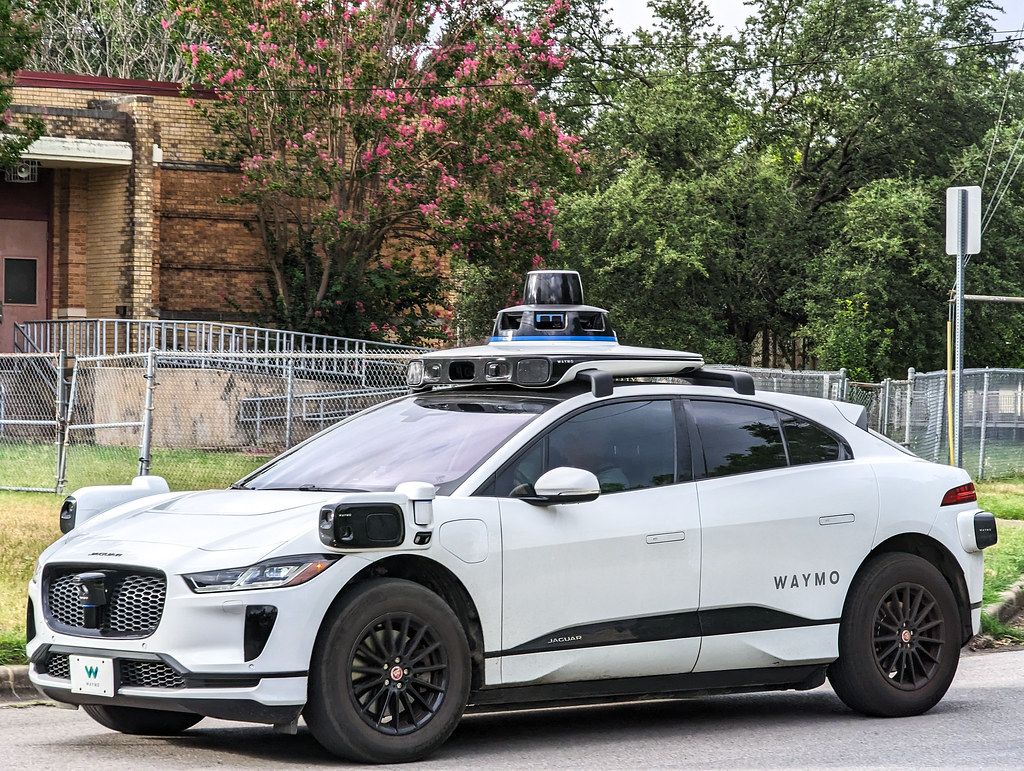
14. **The Promise of Autonomous Ride-Sharing Integration**
One of the most transformative advancements on the horizon for senior mobility is the fusion of self-driving cars with ride-sharing services. This integration promises to offer an ideal, highly accessible, and convenient solution for older adults, blending the cutting-edge capabilities of AVs with the on-demand nature of modern transportation networks. Companies like Waymo, Tesla, and Cruise are actively developing autonomous ride-sharing fleets, signaling a clear direction for future mobility.
Through autonomous ride-hailing services, seniors could simply request a self-driving car via an app, gaining access to a reliable, affordable, and immediate transportation option. This eliminates the need for personal vehicle ownership and the associated costs and responsibilities, offering unparalleled freedom. The convenience of a car arriving at their doorstep, ready for immediate departure, stands to significantly enhance their daily lives.
Crucially, these AV ride-sharing fleets can be meticulously designed with personalized accessibility features tailored to senior needs. This includes lower step-in heights, strategically placed grab bars, and intuitive voice-activated controls, ensuring that the vehicles are comfortable and easy to use for individuals with varying levels of mobility. This focus on universal design will make the service genuinely inclusive.
Furthermore, innovative financial models like subscription-based services could emerge. Instead of the substantial upfront cost of purchasing a self-driving car, seniors could subscribe to autonomous transportation services, receiving unlimited rides for a fixed monthly fee. This model would make advanced mobility affordable and predictable, integrating seamlessly into their financial planning and providing a consistent, dependable transport solution.
Read more about: Beyond the Hype: Experts Debunk 15 Pervasive Myths About Self-Driving Cars, Unpacking the Future of Autonomous Mobility
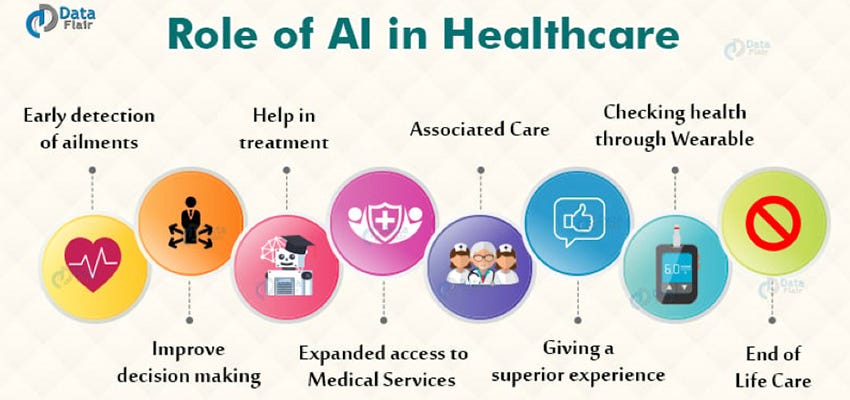
15. **Pioneering Advanced Medical and Telemedicine Capabilities**
Looking ahead, the continued development of artificial intelligence technology paves the way for a groundbreaking application: installing advanced medical capabilities directly within autonomous vehicles. Imagine an AV that can not only transport but also detect and respond to medical emergencies as they unfold. These vehicles could be equipped with essential emergency medical supplies, alongside sensors capable of detecting a medical crisis and automatically redirecting to the nearest medical center or connecting with a remote telemedicine provider.
Beyond immediate emergency response, AVs could provide basic medical equipment on demand, such as oxygen or epinephrine pens, when indicated by in-car diagnostics. The potential extends to engineering vehicles that can even detect subtle mood fluctuations—identifying depressed, anxious, or agitated states. In such instances, the AV could be equipped with robotic animal interventions for temporal therapy or facilitate immediate connections to telemedicine assistance or crisis response teams.
These so-called autonomous mobile clinics, powered by AI software, medical diagnostic detection, specialized equipment, and telemedicine capabilities, could fundamentally reshape and facilitate prompt medical care. This innovative approach could extend vital healthcare services to populations that were once difficult to reach, particularly in more rural settings where medical infrastructure is often sparse. It represents a bold step towards proactive, accessible healthcare directly integrated into daily mobility.
While the widespread integration and adoption of these clinical applications require thorough clinical validation and approval by appropriate regulatory authorities, the vision is clear. Autonomous vehicles could evolve into personalized health companions, offering not just transportation but a mobile platform for well-being, emergency intervention, and equitable access to advanced medical support, profoundly impacting seniors’ quality of life.
Read more about: 15 Game-Changing Startups Revolutionizing Healthcare in 2025: An Inside Look at the Future of Wellness
The journey towards a fully integrated autonomous future for senior mobility is complex, filled with both exhilarating promise and intricate challenges. As we collectively navigate the ethical landscapes, technological refinements, and societal adaptations required, the vision remains steadfast: to empower older adults with unparalleled independence, safety, and connectivity. By diligently addressing concerns around equitable access, privacy, infrastructure, and regulatory frameworks, and by exploring innovative integrations like autonomous ride-sharing and mobile medical clinics, we can forge a future where self-driving technology truly enhances the golden years. This ongoing evolution demands collaboration across government, private industry, and community stakeholders, ensuring that the transformative potential of autonomous vehicles serves all, enabling a more engaged, autonomous, and age-friendly society for generations to come.



